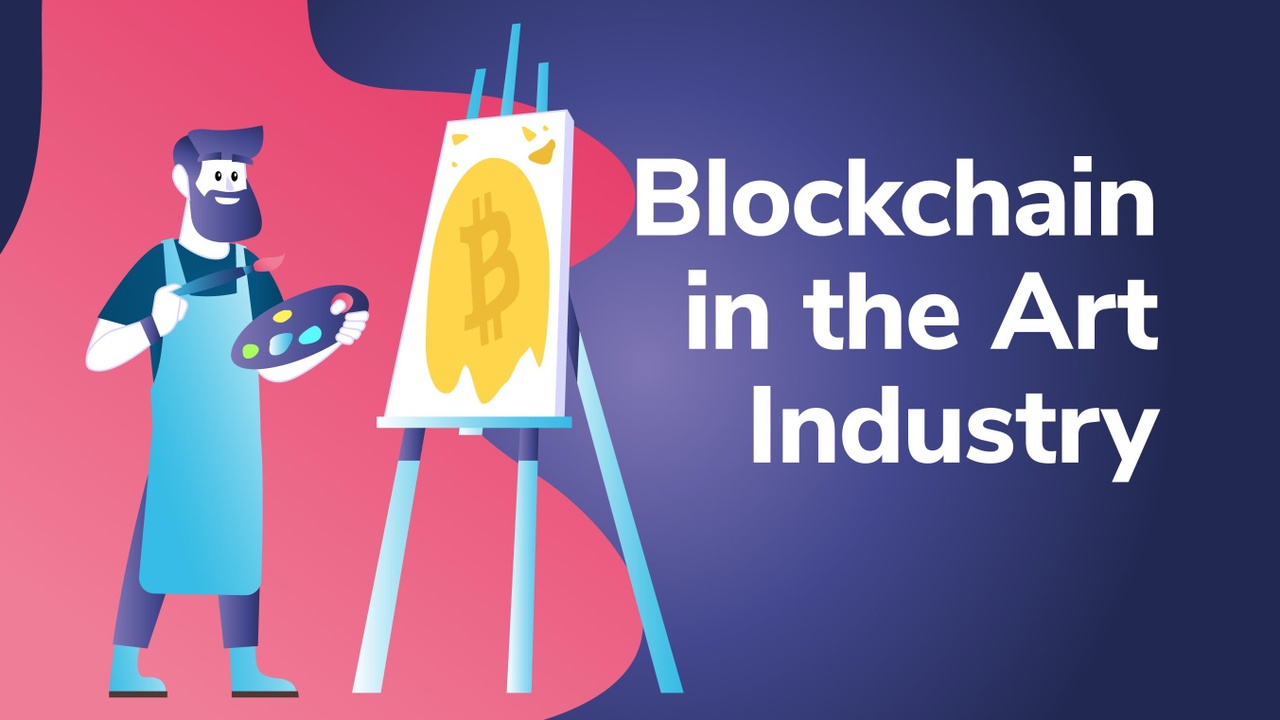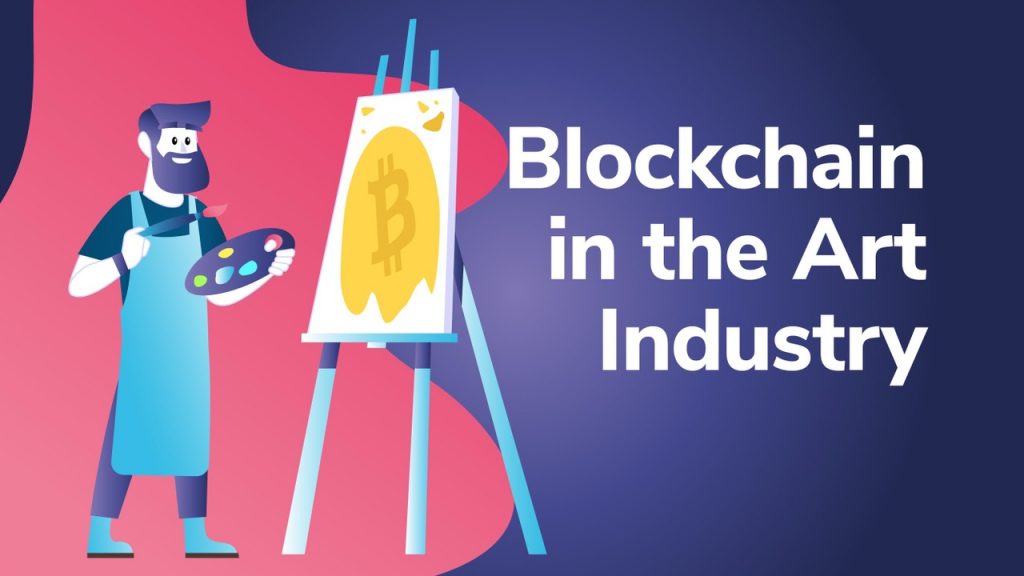
Crypto art has been a relatively big talking point in 2021. The coming together of art and blockchain is still a relatively novel concept to many. However, blockchain art is quickly becoming one of the most exciting areas of the crypto industry. The proliferation of art NFTs has introduced a wave of new artists creating digitally verifiable art NFTs. Furthermore, this includes works from emerging artists, crypto natives, and traditional artists alike!
Non-fungible tokens as art on the blockchain have seen an explosion in popularity in recent months. Furthermore, crypto art is making the headlines in mainstream media outlets such as the New York Times! This is introducing a huge new audience to the concept of blockchain technology and the innovations that have arisen as a result.
In this article, we’re going to explore the world of non-fungible tokens (NFTs) and blockchain art. We’ll also discover the different types of art on the blockchain. Plus, we’ll explain how you too can create and sell your own art NFT!
When purchasing art on the blockchain you will likely need to be familiar with a web3 wallet such as MetaMask. If you’re completely new to crypto and would like to learn more about the safest ways of investing, see Ivan on Tech Academy’s Crypto Basics course. Following this, you can discover how to securely interact with decentralized finance (DeFi) applications using MetaMask on the DeFi 101 course. Ivan on Tech Academy provides all the knowledge needed to get involved in the crypto scene, guided by industry-leading experts.
What is Crypto Art?
The concept of ‘crypto art’ is new to many. Sometimes referred to as ‘blockchain art’, this technology presents a new paradigm of artistic possibilities at the forefront of creation. As with anything so novel, it can be difficult to get your head around the concept. Crypto art is not referring to the colorful branding and logo designs of blockchain projects.
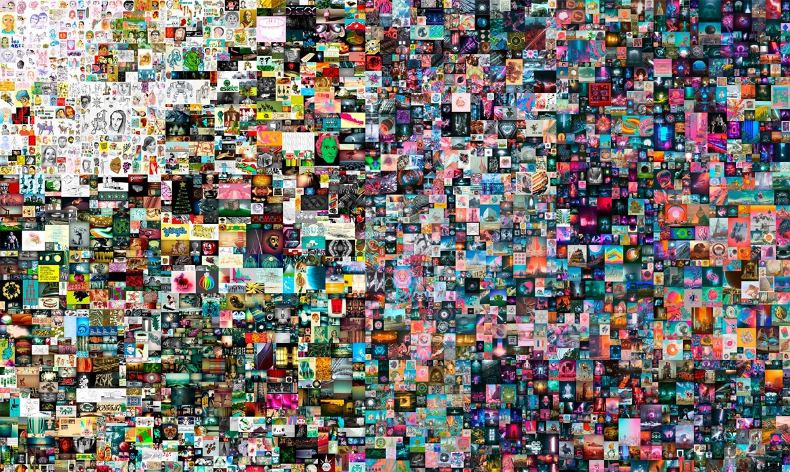
Rather, the concept of crypto art is based on the foundational technology of cryptocurrency, referred to as blockchain technology. Alongside creating digitally verifiably scarce units of currency, blockchain technology allows developers and artists alike to create non-fungible tokens (NFTs).
Non-fungible Tokens
Any familiar currency, such as Bitcoin or the US dollar, is fungible. This means that one five-dollar bill can be exchanged for another five-dollar bill, whilst maintaining the same value. It doesn’t matter which five-dollar bill you hold. Each five-dollar bill will be worth just as much as the next.
On the other hand, non-fungible tokens (NFTs) represent an individual, unique value. Thanks to the blockchain technology behind them, NFTs are impossible to recreate. Also, NFTs can only be sold and valued as one single unit. This is unlike fungible tokens that can be divided and sold in smaller units.
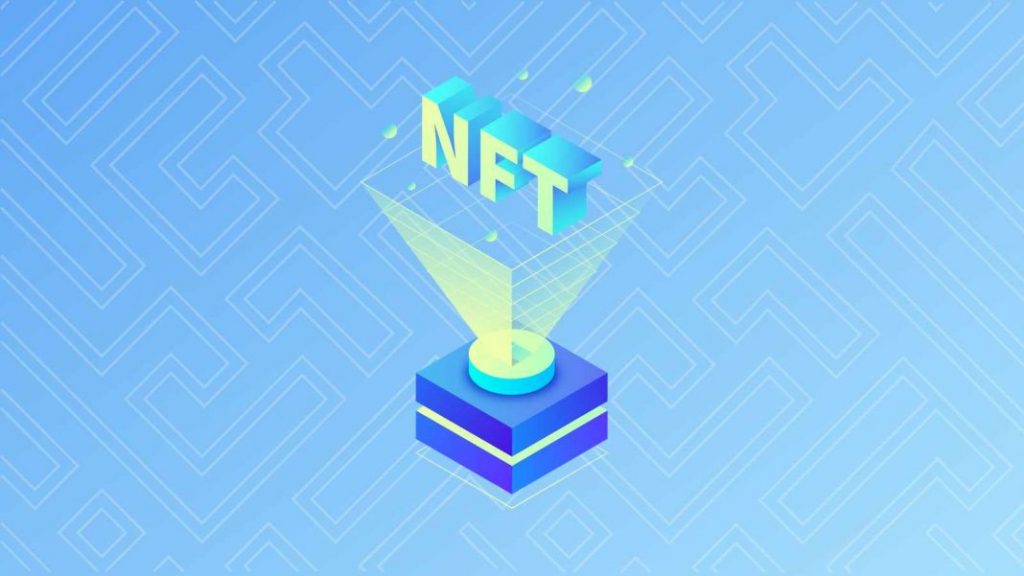
The ability to create unique tokens, and create tokens with a pegged value to a real-life asset, opens a wealth of opportunities across a broad array of sectors. Alongside artwork, a non-fungible token’s value can be pegged to physical merchandise, experiences, and even insurance or financial bonds.
In the case of crypto art, these non-fungible tokens are displayed on the blockchain. This provides full transparency and history of price and previous ownership.
Different Types of Blockchain Art
As with the traditional art industry, different kinds of crypto art will have different styles and genres, each displaying unique artistic characteristics. However, with the introduction of blockchain technology in the art industry, a new paradigm of artistic possibilities has opened up.
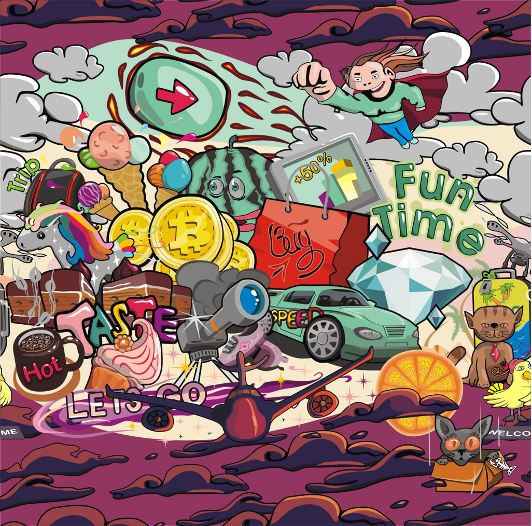
Programmable Art
A new type of art made possible through blockchain is programmable art. This category of artwork on the blockchain often pulls data feeds into the artwork, and adapts to certain parameters. For example, a popular non-fungible token (NFT) created in 2020 was a tokenized image of the Mona Lisa portrait. When the price of Ethereum was going up – her smile would correspond to show a happy face. When the price of Ethereum was going down, her smile followed suit into a frown.
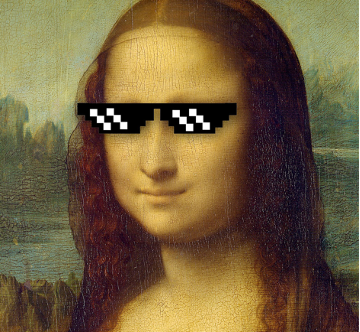
Other artists have used a similar artist model with weather data, with the artwork changing upon seasonal conditions. Programmable art is still relatively early on in stages of development and popularity. However, as more people get into the crypto art scene and see the possibilities of programmable art, this particular category of art on the blockchain will likely continue to grow.
In-Game NFTs
Arguably the most popular use case for non-fungible tokens (NFTs) at present is for in-game usage. NFTs are huge in the blockchain gaming sector, allowing gamers to actually own their in-game assets, which can be transferable between games. For example, a particular suit of armor used in one game can easily be transferred to another player in a different game.
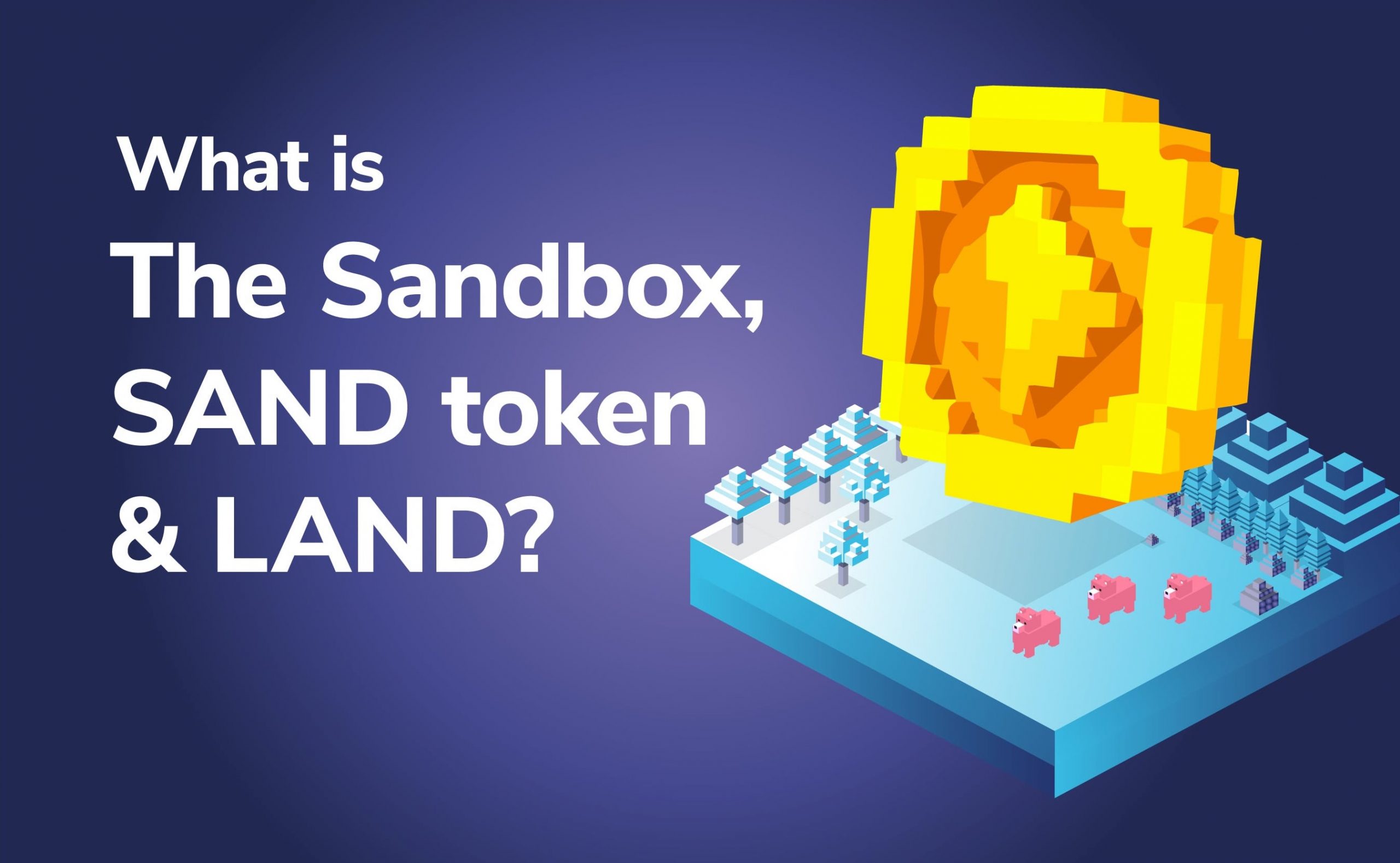
In most blockchain-based games, there is a decentralized marketplace where users can buy, trade, and sell their assets. Often, this includes pieces of NFT artworks that are used as collectibles in-game. For instance, The Sandbox encourages its users to design anything they can imagine. This could be for something relatively useful within the game, or purely for aesthetics. The online gaming industry is worth billions and blockchain is only just beginning to make itself known within the industry.
Tokenized Artwork
Thanks to the decentralization of blockchain technology, anyone can create and sell digital artwork. Furthermore, it is now possible to tokenize physical artwork on the blockchain too! Investors or fans can purchase artwork from anywhere in the world, with ownership rights clearly displayed on the blockchain. This is crucial for proof of authenticity, and will drastically reduce fraudulent and copied artwork.
Tokenized artwork provides a new way for artists to sell their work, plus the ability to cryptographically prove its scarcity and authenticity.
Why is Crypto Art so Popular?
Since the start of 2021, non-fungible tokens (NFTs) have been creeping into mainstream media. From the beginning of February, things began to heat up with NFTs hitting the headlines in global news outlets such as the New York Times, BBC News, The Wall Street Journal, and Forbes among many others.
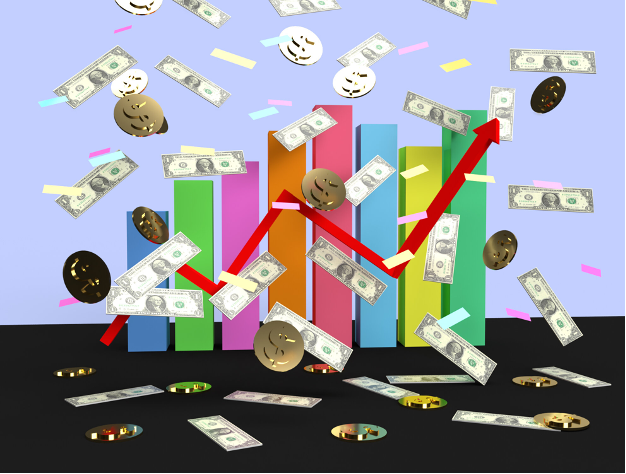
Non-fungible tokens have been widely celebrated within the crypto community for over a year. Below we have listed several potential reasons as to why crypto art is becoming so popular during the 2021 Bitcoin bull run.
Logan Paul NFTs
In February 2021, popular YouTuber Logan Paul released a range of non-fungible tokens (NFTs) in partnership with Bondly Finance. The Pokemon-themed NFTs were a huge hit raising over $5 million in just over 24 hours. Some of Paul’s NFTs included a Pokemon-style caricature of himself holding cards.
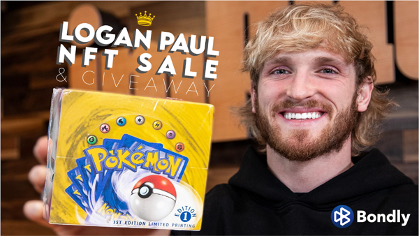
Other NFTs included highlight clips of his Pokemon trading card unboxing videos. Available through Bondly, each of the 3000 available NFTs started at a price of one ETH. The launch was a huge success selling out in two days. Fans may choose to hold their Logan Paul NFT if they see future potential. Alternatively, fans could sell the NFTs on for a profit at an NFT marketplace.
Exclusive Rights and Access
Non-fungible token (NFT) artwork can be programmed to give exclusive rights to access closed communities and online VIP areas. Also, NFT artists can set the price of their work, plus receive a commission on every future sale. This is something nigh impossible within the traditional art sector. NFTs present the opportunity for artists to receive royalty rights with every future sale of their work. Moreover, this is transparent on the blockchain, meaning fans or investors can view how much commission the artist receives.
Additionally, blockchain can be used to protect artists’ design rights. This means other artists would have to purchase the artistic rights to use a design, publicly recorded on the blockchain. Also, the royalty rights of a design could potentially be used with an automatic lease schedule through the use of smart contracts.
Collectibles and Sentiment
Non-fungible tokens (NFTs) and blockchain art appear to be a natural evolutionary step in collectibles. Humans have been collecting things for thousands of years. Now, with the introduction of blockchain technology, favorite pastimes such as Pokemon or Teenage Mutant Ninja Turtles can provide verified art, cryptographically owned and viewable to fans on a blockchain.
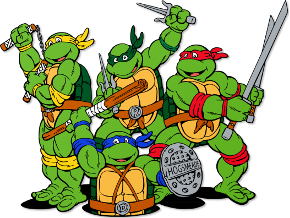
Alternatively, non-fungible tokens (NFTs) could potentially one day provide investors a store of value. Similar to cryptocurrencies, NFTs are valued based on supply and demand. Often, the maximum supply of NFTs is far smaller compared to the maximum supply of most cryptocurrencies. Moreover, with some NFTs providing sentimental value to a large audience, it makes sense for the non-fungible token market to perform well.
How To Make and Sell Crypto Art on the Blockchain
If you’d like to try creating your own blockchain art as non-fungible tokens but have zero programming experience, the best place to start would be the JavaScript Programming for Blockchain course at Ivan on Tech Academy. Here, you’ll learn all the basics needed to move on to our Ethereum Smart Contract Programming 101 course, to familiarize yourself with the Solidity programming language.
Once you understand Solidity, you could choose to move on to our Ethereum Smart Contract Programming 201, Ethereum Smart Contract Security, or the Ethereum Game Programming courses to develop your skills further.
If you want to learn how to create your own non-fungible tokens (NFTs), be sure to check out the Ethereum Game Programming course at Ivan on Tech Academy. Regardless of previous experience, Ivan on Tech Academy has all the tools and resources you need to achieve your goals in crypto!
Furthermore, the Ethereum Game Programming course is delivered in an easy-to-follow, video-guided format. This course has dedicated modules to understanding the various non-fungible token (NFT) token standards and how to create your own NFTs. Ivan on Tech Academy is the best blockchain education suite to discover your potential as a developer in cutting-edge technology. Check out some of the courses at Ivan on Tech Academy today to find your perfect career in crypto!
NFT Marketplaces
Once you understand how to design and create your non-fungible token (NFT), the next stage would be to sell or trade the asset on a marketplace. The token standard used to create the NFT generally determines which blockchain and NFT marketplace application can be used.
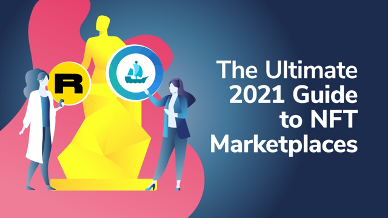
For example, if the non-fungible token (NFT) is created using an Ethereum token standard (ERC-721 or ERC-1155) these would only be available to sell through an Ethereum-based NFT marketplace. Fortunately, two of the largest NFT marketplaces are hosted on the Ethereum blockchain; OpenSea and Rarible. OpenSea is the most popular NFT marketplace in the industry today. The platform offers thousands of NFTs available including through hundreds of smaller NFT marketplaces. OpenSea likes to liken itself to being the ‘eBay’ of NFTs.
Other popular NFT marketplaces include; Sorara (also on Ethereum) and Solible, on the Solana blockchain. Also, Socios.io created by Chiliz and BakerySwap on Binance Smart Chain are frequent choices to trade NFTs. Phantasma has launched the first cross-chain NFT marketplace called Ghostmarket.io. Though still in its early days, Ghostmarket has tapped into a massive gap in the market. This is made possible by enabling NFTs to be traded across multiple blockchains seamlessly.
Exploring Crypto Art on the Blockchain Summary
Non-fungible tokens (NFTs) are creeping into every mainstream media outlet. Including images, videos, gifs, and music!
Non-fungible tokens (NFTs) allow artists to make money without giving large cuts of profits to third-party intermediaries and auction houses. Not only does this give the entire art industry exposure to crypto, but it also provides new revenue streams for artists. Whether you’re a full-time esteemed artist or a part-time doodler, NFTs provide a great way to earn a passive income with crypto art.
The blockchain industry has evolved dramatically over the past decade. To gain a foundational understanding of how blockchain works on a technical level, be sure to check out the Blockchain & Bitcoin 101 and Ethereum 101 courses at Ivan on Tech Academy. These courses are designed to get you up to speed in the world of crypto in no-time. Following this, if you want to take your crypto game to the next level, check out some of the Blockchain Programming courses at Ivan on Tech Academy, the number one blockchain education suite online! Also, don’t forget to follow us on Twitter @Academy_IOT and tell us about your favorite crypto art!
